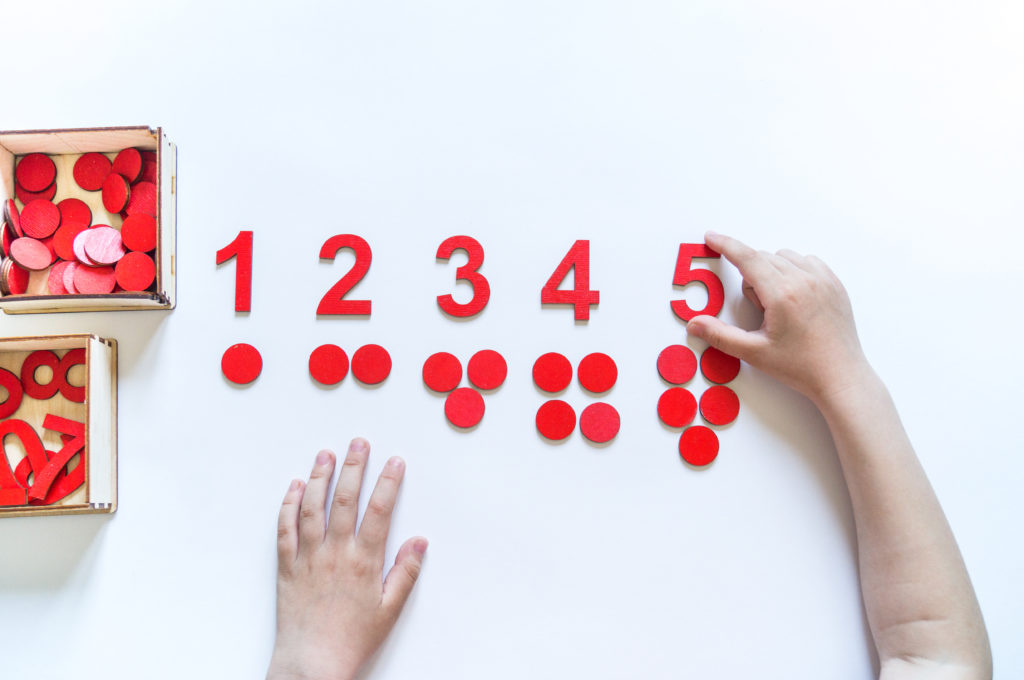If Learning Styles Are a Myth, What Do We Do Instead?

We are proud to share this guest post by Mary Field, Academic Managing director at the International School of San Antonio, nearly why learning styles are a myth and suggesting better strategies for helping students.
Completing a quiz to discover my learning way quickly became a commencement-day-of-school ritual. An thought that had its roots in the 70s took off and ripped like wild-fire through my 90s-era education. The thought was elementary: discover out each pupil'southward learning style, tailor the lessons to those learning styles, and the students will learn better. Our enthusiastic teachers in English, biology, social studies, etc. dutifully photocopied these quizzes at the offset of the school year and we the students completed them. Much to the delight of many of my classmates, this exercise took upwardly at least 15 minutes of class time. It was fifteen minutes we didn't have to pretend to have read Rosencrantz and Guildenstern Are Dead or remember the quadratic equation.
Over the decades, educators and researchers have identified at least 70 different learning styles. The VAK (visual, auditory, kinesthetic) or VARK (visual, auditory, reading-writing, kinesthetic) models were the nearly mutual in my own education, just there are certainly others.
It seemed like the teachers of my K–12 years had an extra tool in the box to help us learn our subjects. There was merely i problem. Learning styles are a myth.
Learning Styles Are a Myth
Daniel Willingham, cognitive scientist at the University of Virginia, explains that for the learning styles theory to be correct, a "visual learner" would have to be able to complete a job better than a not-visual learner when the stimuli are pictures. This is not the case. At that place is prove that people do have preferences about how they receive data, but enquiry has institute that in that location is no interaction between these preferences and what is actually learned.
During my inquiry for this commodity, I came across another piece from Willingham in which he states plainly that he is "sick of writing about" the myth of learning styles. So how is information technology after decades of debunking by Willingham, et al., a majority of states have learning styles on their instructor-licensure exams and a huge pct of teachers still believe they should tailor their teaching to a student'southward learning way?
Maybe the myth of learning styles has stuck around because teachers don't read cerebral science journals. I'm sympathetic to that idea, since academic journals are famously expensive and teachers are often stuck paying for such basics equally mucilage sticks and mitt sanitizer. In that location is something deeper going on hither, withal.
Maya Angelou is correct; nosotros remember most how people brand us experience. My ninth grade biology teacher, devotee of learning styles, made me feel like she really cared about what I learned. I virtually definitely practice not remember what the Golgi appliance does. I do know, nonetheless, that quizzes about learning styles had all the validity of the quizzes I was taking over the weekend from Seventeen magazine well-nigh which hairstyle was all-time for my personality. My teacher was handing out hokum, but doing and then in expert faith.
Effective Teaching for All Learners
Orienting lessons around learning styles is a proxy for teacher conscientiousness. Parents also use this faulty framework to abet for their children. Many parents tell me that their child is certainly a "kinesthetic learner." It is these skillful intentions that make the learning styles theory so appealing and explicate why information technology has stuck around so long. So if we shouldn't spend time tailoring our lesson plans to learning styles, what should nosotros do instead?
We should focus on building relationships. Nosotros know that a strong teacher-educatee relationship is important to student success. 1 parent at our school remarked in one case that at her kid'southward previous school, "it felt like they didn't really know her." Getting to know our students is an integral function of building stiff teacher-student relationships. Pocket-sized grade sizes likely aid, particularly in the early grades. Lots of stimulating interactions throughout the day are also a authentication of skillful teacher-student relationships for young students. It is a irksome, incremental process that takes time and attention. Whatever theory that promises to be a "quick gear up," probably isn't.
Charter Moms Chats
Spotter Mary Field speak with Inga Cotton on Charter Moms Chats on Oct four, 2022 at iv:00 PM Central live on Facebook and YouTube.
Mary Field is the caput of academics at the International School of San Antonio. She has taught Standard mandarin Chinese in San Antonio since 2015.
Read More Nigh Teaching and Learning
- "Questions that Parents Should Ask About Reading," Mary Field,San Antonio Charter Moms, May twenty, 2021
- "How to Teach Your Child to Read,"San Antonio Charter Moms, Baronial 20, 2020
- "Evidence-Based Literacy Instruction," Bekah McNeel,San Antonio Charter Moms, August xiii, 2020
- "Learning a New Language," Mary Field,San Antonio Lease Moms, June 23, 2020
 Loading...
Loading...
bowserdenteoffores.blogspot.com
Source: https://sachartermoms.com/learning-styles-myth/
0 Response to "If Learning Styles Are a Myth, What Do We Do Instead?"
Post a Comment